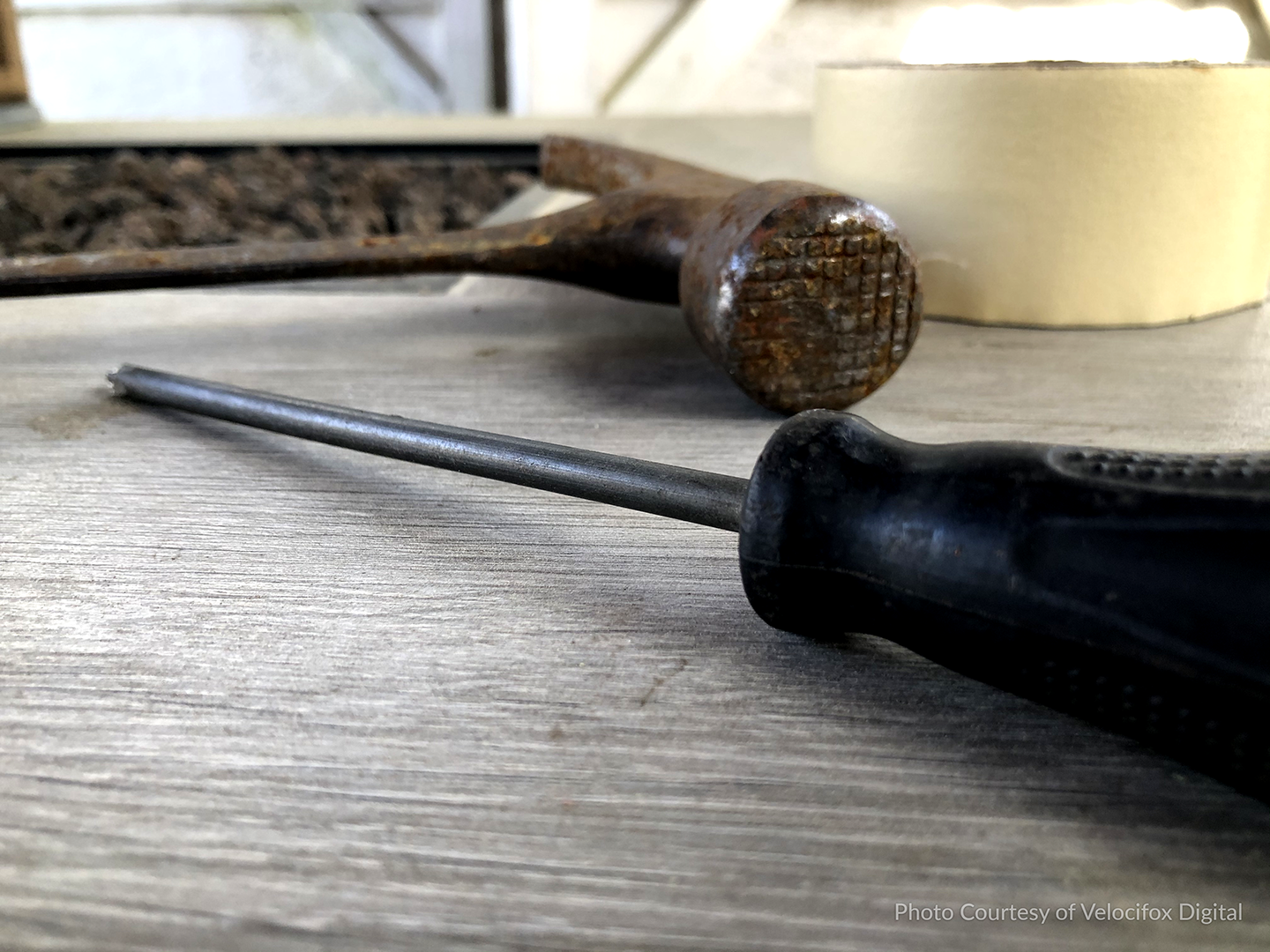For this third part of our blog series on the home inspection process we feel it’s important to talk about home inspections from a home seller’s perspective. If you’re selling a home you will definitely encounter a detailed inspection of your home from your buyer. Understanding it and working through the inspection process will help your deal go smoother for everyone.
Dealing With The Buyer’s Inspection
Congratulations! Your home is under contract. And you should feel great about that. But there’s a near potential for the deal to go off-track. The home inspection is where that’s most likely to happen.
The first “honeymoon” period in the deal is called the “due diligence period.” This is usually about a 7-day or 10-day period depending on the terms you agreed to in the contract. This is the time for the buyer to be absolutely sure they want to buy YOUR home and allows them extra time to examine your home more closely before they make that final decision to stay in the deal. One of the tools most buyers use is a home inspection conducted by a professional home inspector.
After three or four hours of crawling all over the prospective home, an inspector will send the buyer a multiple page report of what they found. (See Part 2 of our Inspection blog series to see what a home inspection looks like).
The inspector will examine your roof, the attic, the basement and the rest of your home’s systems. Once the buyer receives the report they will likely request you, the seller, address some (or all) of the issues found in that report. Mostly, buyers get anxious about major problems found during the inspection: water leaks or damage, under-performing HVAC systems, electrical problems, radon presence, etc. When you receive the buyer’s request there a number of ways you can handle it and stay on track with the transaction.
How Sellers Can Deal With An Inspection Report
Don’t be intimidated by the inspection report or the repairs request. As we covered in our previous blog, EVERY home has flaws – even the one you’re living in! So, now it’s time to decide which issues you’ll be responsible for.
You really have about six options at this stage:
- Agree to do all the repairs requested (or just some of them)
- Lower the price in lieu of doing any repairs
- Offer credits for closing costs in lieu of doing any repairs
- Offer a combination of a lowered price AND a credit for closing costs
- Instead of doing repairs, barter with appliances or other items in the home
- Alternatively, you can opt to do nothing and hope the buyer is willing to take the repairs on themselves.
Option six is what we call the “hard-line approach.” Or the “nuclear option.” Successful sellers use this approach only if the repair or financial requests are ridiculous or unnecessarily tedious (i.e. not major health or safety issues). Some sellers will use this approach if they feel they have all the leverage in the negotiations, like a multiple-offer situation. But we’ve found most buyers will balk at a seller refusing to do health or safety-issue repairs. Or major damages like roof/moisture leaks.
Indeed, if the damage is evident or significant, the buyers’ lender may insist that these repairs be done as a requirement for approval of the buyer’s loan (during the bank’s loan appraisal phase). So, if you want to risk losing the buyer completely, this is the way to do it.
If the buyer backs out you can re-list the home or revert to a back-up offer, but you may be legally required to disclose the issues found during the home inspection to any future buyers. Which option or combination of options you choose should first be discussed with your Realtor. Factors such as the state of the market, repair costs, sellers’ mindset, etc. will weigh into this decision.
Should you get your own (pre-listing) inspection?
One way to alleviate the stress and hassle of the inspection phase negotiation with buyers is to have your home inspected proactively by hiring your OWN inspector. We call this a pre-listing inspection and it’s conducted just before you put your home on the market. There are a handful of advantages to this strategy. In the next blog in the series we’ll more closely examine the pros and cons of getting a pre-listing inspection.
We also have another secret weapon to make the inspection process less lethal for sellers. Give us a call and we’ll gladly share it with you!

